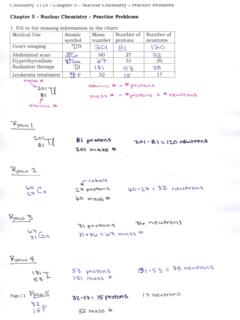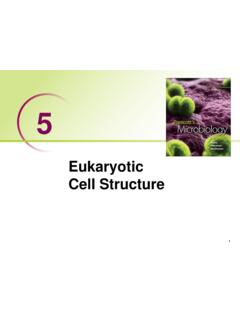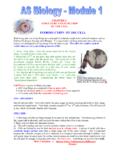Chapter 13 Nuclear Fission
Found 5 free book(s)INTRODUCTORY NUCLEAR PHYSICS - KFUPM
faculty.kfupm.edu.saincorporated at any time after Chapter 11 (Nuclear Reactions). Chapter 16, covering spins and moments, could even be moved into the first unit after Chapter 3. Chapter 19 (Nuclear Astrophysics) requires background material on fission and fusion from Chapters 13 and 14.
Pressurized Water Reactor (PWR) Systems
www.nrc.govFor a nuclear power plant to perf orm the function of generating elect ricity, many different systems must ... This chapter will discuss the purposes of some of the major systems and components associated with a pressurized water reactor. ... A second function is to contain any fission products that escape the fuel.
Utah State University Chemistry and Biochemistry | USU
ion.chem.usu.edu22. The nuclear reaction shown below is an example of what type of process? 224 220 Rn + 4He Th 90 88 A) fusion B) fission ) alpha decay eta decay 23. Nitrogen-17 is a beta emitter. What is the isotope produced in the radioactive decay? A) 13 B) c) D) E) B O Page | 5
Eukaryotic Cell Structure - Bellarmine University
www.bellarmine.edu13 . 14 . Microfilaments • Small protein filaments, 4 to 7 nm in diameter ... –some shown to form nuclear lamina –others help link cells together to form tissues 16 . ... • Reproduce by binary fission as do bacterial cells 44 . Mitochondrial Structure • Outer membrane
INTRODUCTION TO THE CELL - BiologyMad
biologymad.comand internal organization. Your body contains around 1013 to 1014 cells of around 300 different cell types, which we broadly classify into 4 groups. CELL SIZE 1. A few types of cells are large enough to be seen by the unaided eye. The human egg (ovum) is the largest cell in the body, and can (just) be seen without the aid of a microscope. 2.




